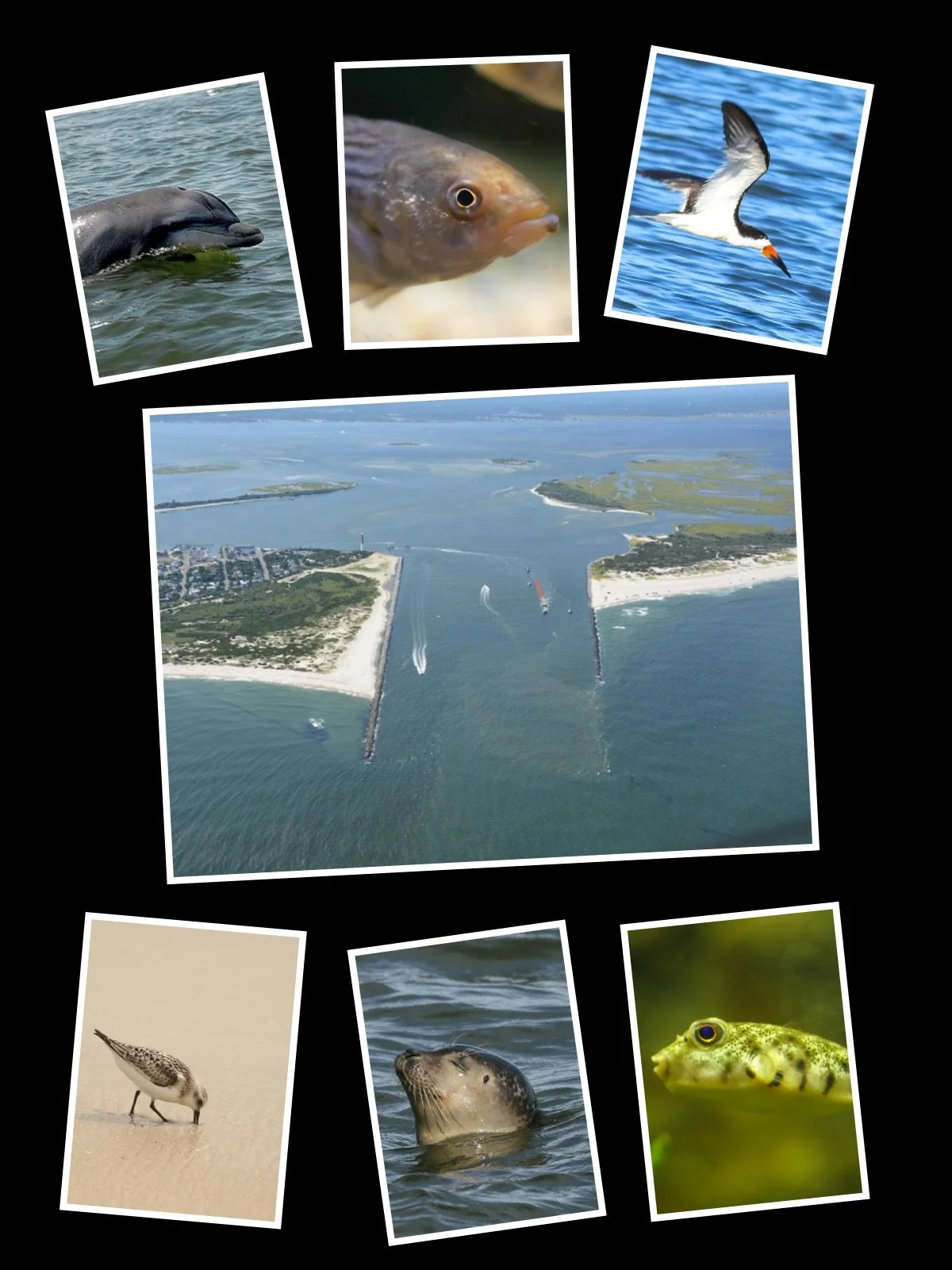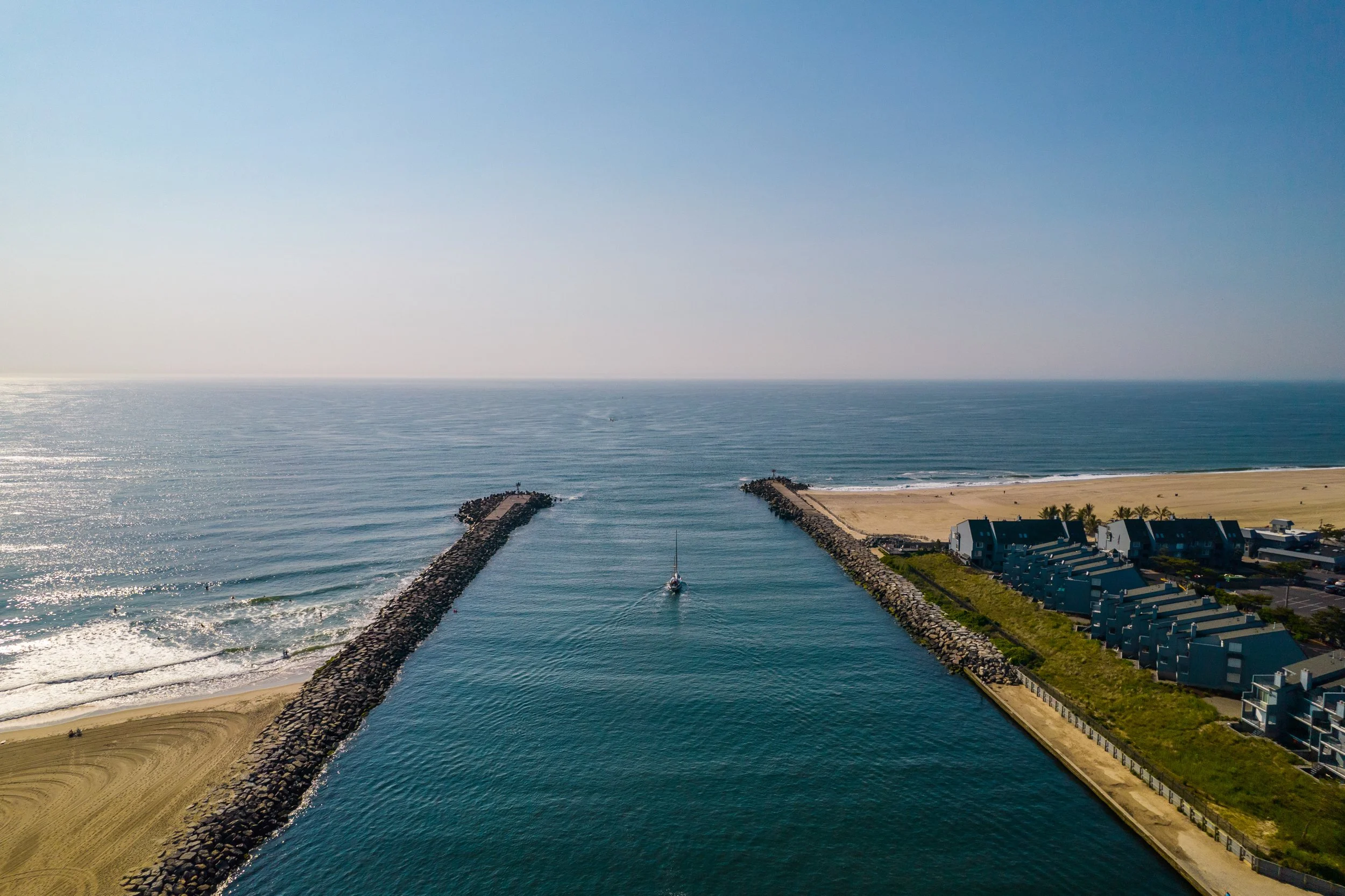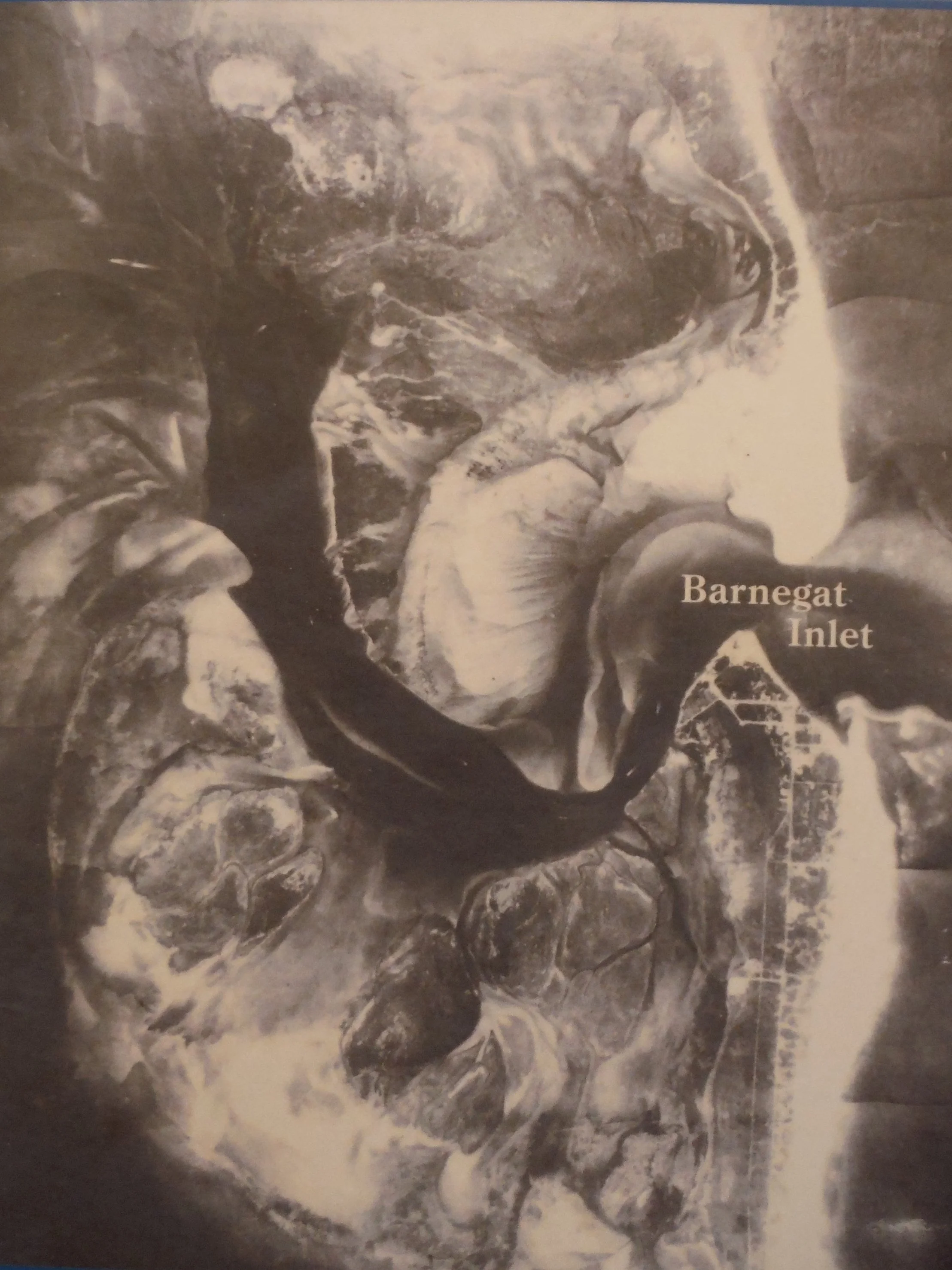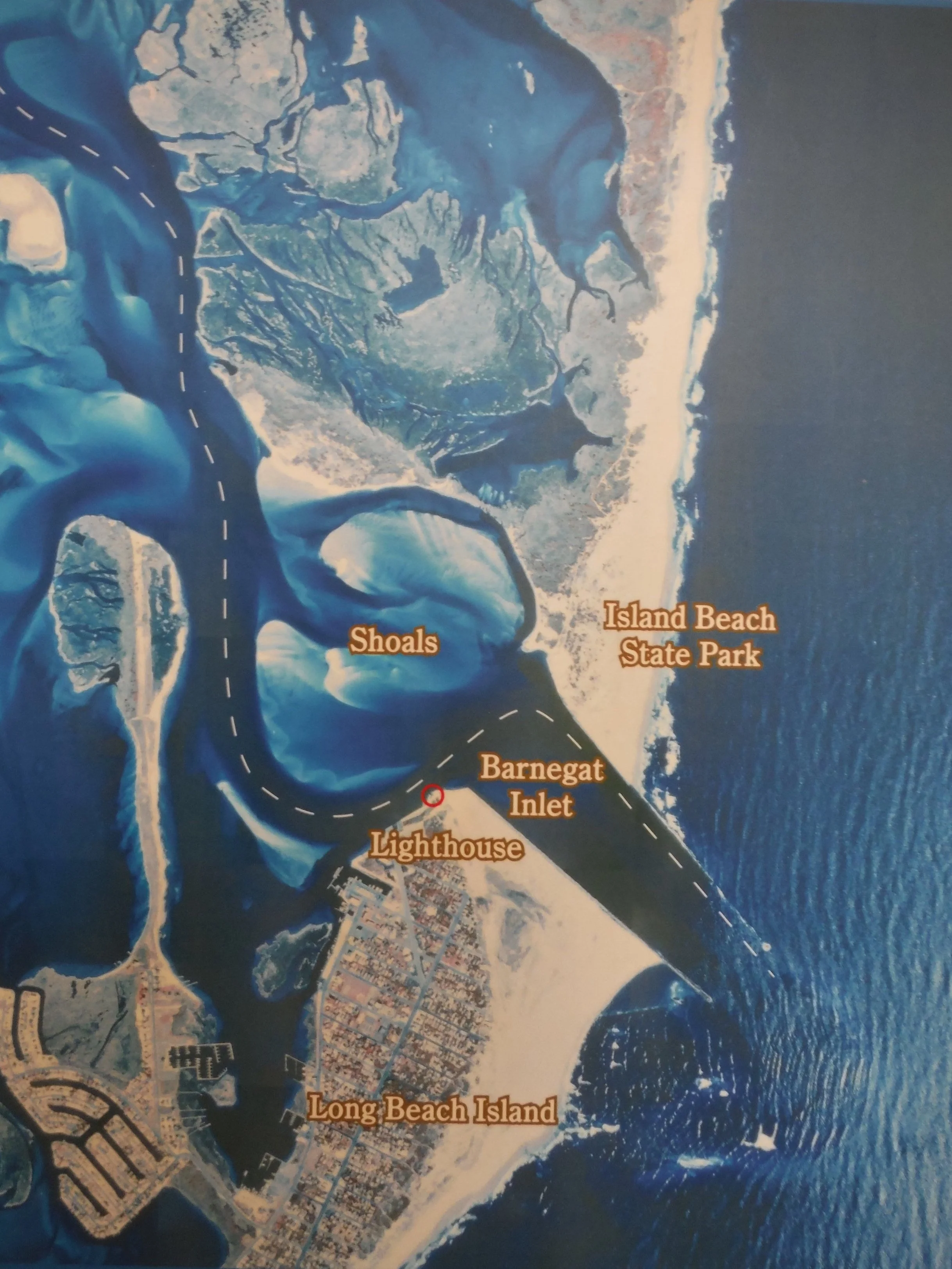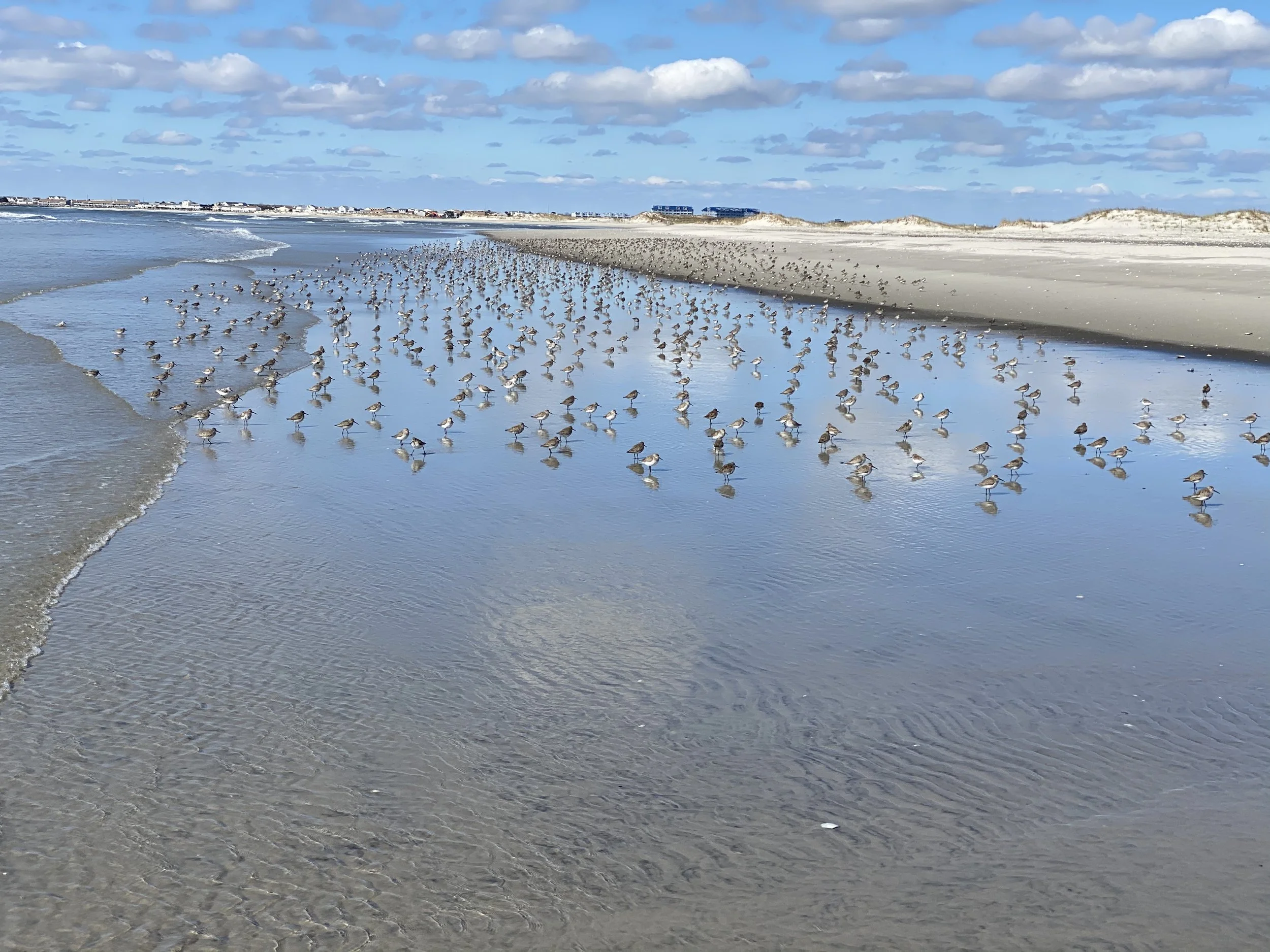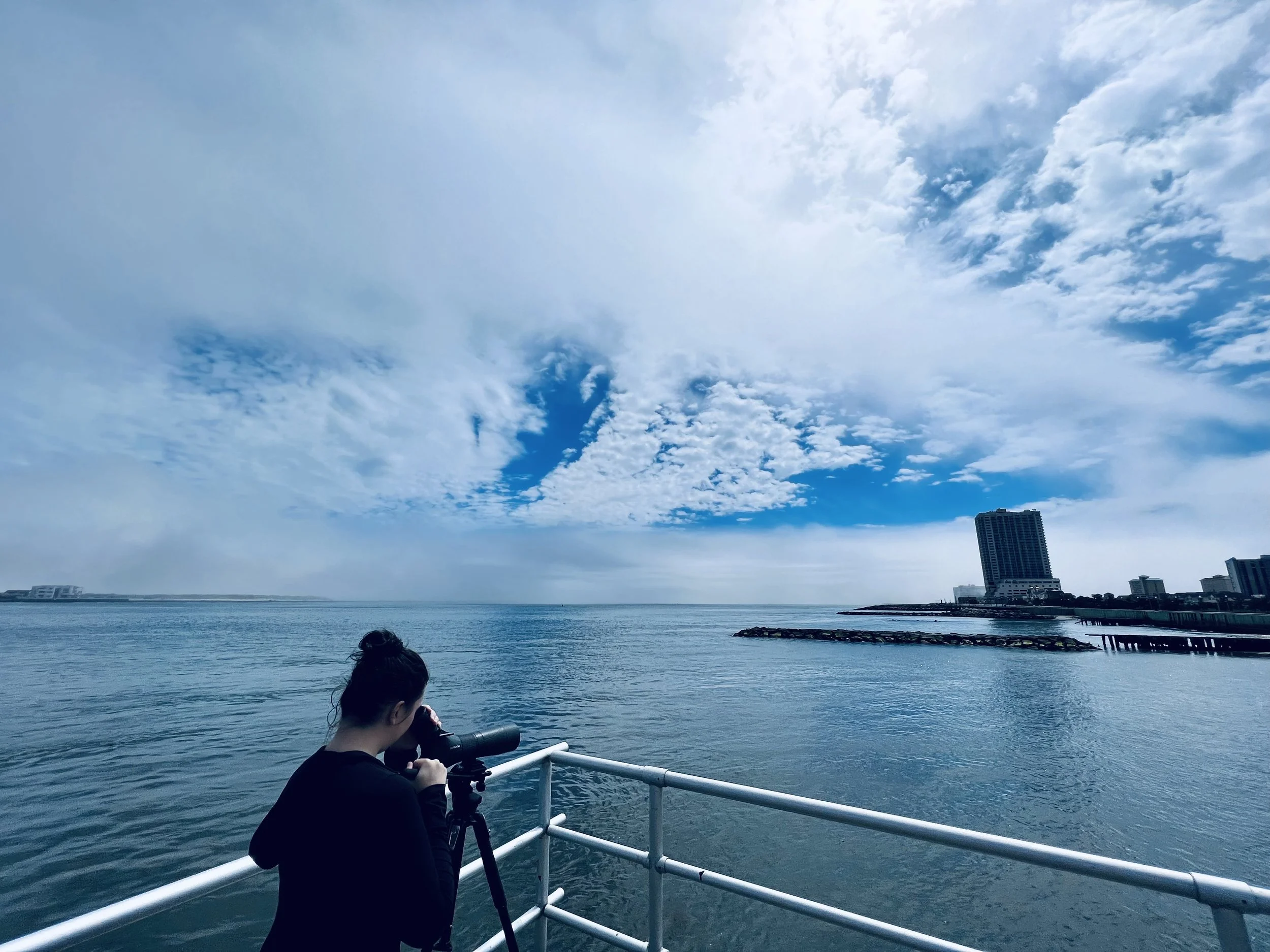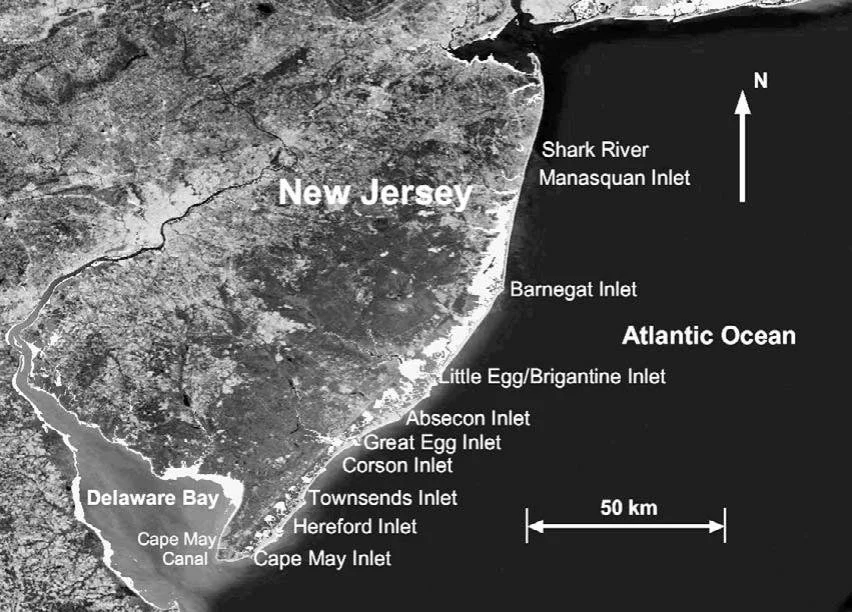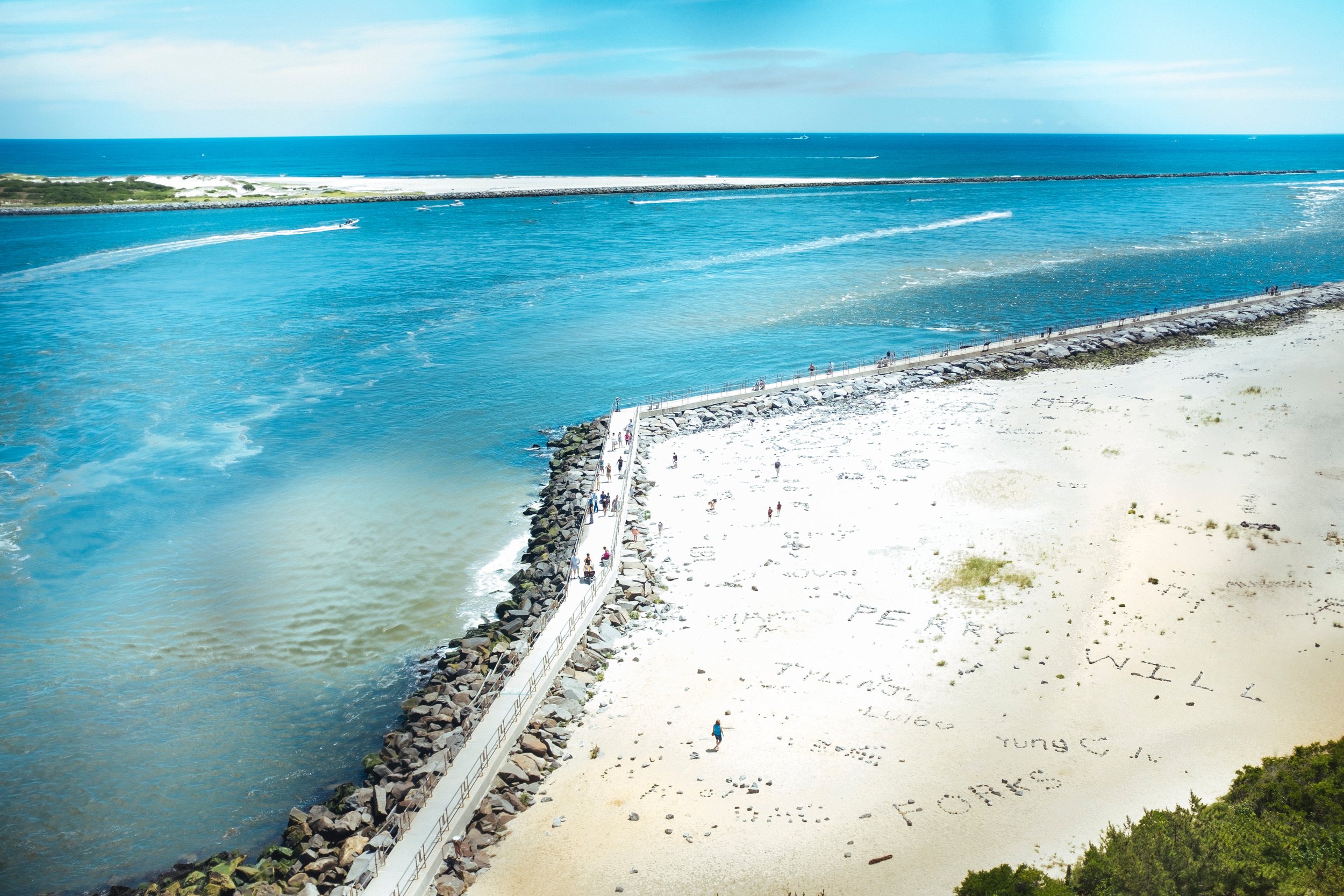
BIOLOGICAL SURVEYS OF INLETS ALONG THE JERSEY SHORE
Volunteers Wanted!
The Great Biodiversity Survey of Jersey Shore Inlets!
HELP SAVE COASTAL WILDLIFE CONDUCT BIOLOGICAL SURVEYS OF INLETS ALONG THE JERSEY SHORE THROUGHOUT THE YEAR.
Are you interested in volunteering with Save Coastal Wildlife? Please sign up to receive our emails. All information regarding volunteer and citizen science activities are sent out via email throughout the year to interested people.
All Volunteers Are Required To Fill Out The Volunteer Waiver And Release Form Prior To Participating In Any Volunteer Activity.
Sign up with your email address to receive the latest wildlife news and updates about volunteer and citizen science activities with Save Coastal Wildlife Nonprofit.
We only send information about volunteer and citizen science activities via email.
Find out the most recent information before anyone else.
What’s an Inlet?
An inlet is an indentation of a shoreline. They can be places where oceans meet an estuary or an estuary meets a wetland.
Inlets are a connection between a larger body of water to a smaller body of water, such as a bay, river or a creek or stream. It is where nutrients from land and water meet and mix to provide food for a vast assortment of life, from various forms of plankton to invertebrates to fish to birds to marine mammals.
Why is Save Coastal Wildlife Nonprofit Conducting a Biological Survey of Inlets?
Before New Jersey’s barrier islands and beaches were populated with people and permanent buildings, many inlets to rivers, bays, and creeks naturally moved, shoaled, closed, reopened, and naturally migrated either north or south with the longshore current.
Within the last century, inlets along the Jersey Shore have become durable man-made structures that remain consistently open due to repeated dredging and routine maintenance to the sea wall, jetty or groin.
What kind of impact does dredging and other artificial activities have to the biological aspects of an inlet?
Does biodiversity increase, remain stable or retreat over time?
The goal of this study is to try to answer some questions about biological diversity and abundance in and around inlets along the Jersey Shore.
The natural opening of the Barnegat Inlet during the early 1900s. Image from NJDEP
The modern-day opening of Barnegat Inlet. The changes are from repeated human development projects and dredging. Image from NJDEP.
What kind of biodiversity exists now in our modern-day inlets along the Jersey Shore after decades of federal, state and local development projects and dredging activities?
New Jersey has Many Inlets & Jetties.
From the Arthur Kill North Inlet to the Salem River Inlet, there are quite a few passages from a smaller waterway to a larger body of water in New Jersey. Yet as pressure continues to rise in a large number of coastal communities for increased development, these narrow indentations in a shoreline are quickly becoming important natural areas.
A person may observe seals and hardy bird life resting and feeding during the winter. In the summer, dolphins can be observed at the mouth of an inlet foraging for food. Inlets have also become an important feeding area for different species of fish, and a wide assortment of bird populations. In addition, some inlets have become vital nesting areas for New Jersey State endangered and threatened species of birds including piping plovers, least terns, and black skimmers.
Historically, inlets have always been important passage ways for commerce and recreation, but today several inlets are becoming what appears to be a welcome place for myriad forms of coastal life. Yet, at this time only scant attention has been given to the study of biodiversity in and around inlets along the Jersey Shore.
Stone Harbor Point, NJ.
Quite a few inlets along the Jersey Shore have become good places for migratory and coastal birds to rest, cast about for a meal, or even nest during the spring and summer on a sandy beach. Other animals, such as marine mammals and fish, often find inlets to be good places to search for food due to the swift currents that mix nutrients and other foodstuff in one place like a salad bowl.
This citizen-science marine biodiversity monitoring project encourages everyone to get involved in a biodiversity survey and to raise the ecological importance and surprising biodiversity of inlets in New Jersey. Specifically, the project will help people record and monitor the marine and terrestrial life they discover in and around local waters, and identify threats to marine systems.
Whether you are involved in a coastal community or local environment group, a local school group, work on the sea, or visit and recreate on or near one of the featured inlets, this activity will help increase your knowledge and understanding of our natural environment and processes along the Jersey Shore. In addition, this activity will promote ocean stewardship and build community connections.
Help Members of Save Coastal Wildlife Nonprofit Conduct Biological Surveys at five (5) Popular and Notable Inlets Along the Jersey Shore.
Click on a button below to learn more about each inlet and view biological surveys.
Volunteer Responsibilities
All VOLUNTEERS MUST COMPLETE THE VOLUNTEER WAIVER AND RELEASE FORM BEFORE OR PRIOR TO STARTING A VOLUNTEER ACTIVITY OR CITIZEN SCIENCE PROJECT WITH SAVE COASTAL WILDLIFE NONPROFIT.
Always think Safety First whenever conducting biological assessments. Never do anything you feel unsure or uncomfortable doing.
Surveys will be undertaken seasonally to monitor cyclical changes in marine habitats.
Volunteers will undertake surveys in groups so a person has help if questions or problems arise.
Volunteers will work with members of Save Coastal Wildlife Nonprofit to track the natural seasonal variation in a habitat, such as an increase in algae or animal communities in fall/spring. Ideally, there will be one survey within each season every year (winter, spring, summer and autumn).
Selecting a date for surveying must be done in consultation with local tide charts to ensure tidal conditions are appropriate for surveying.
Adult supervision is required if children are involved.
Always undertake surveys within your experience and limits. If you are uncomfortable with the survey plans and/or conditions, DO NOT undertake any survey work.
Please complete the following survey form for each inlet. Following the same protocol will help to ensure all the relevant data is recorded.

